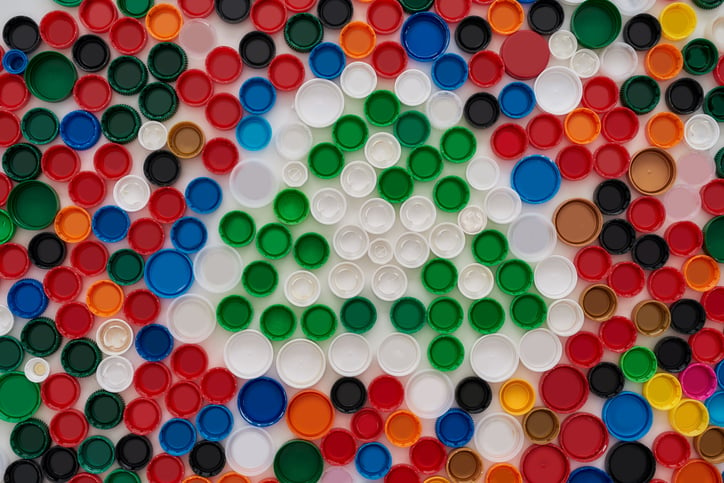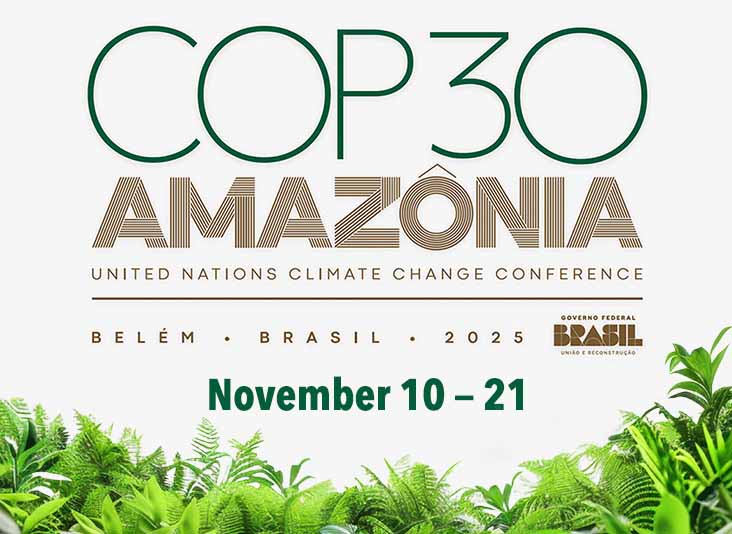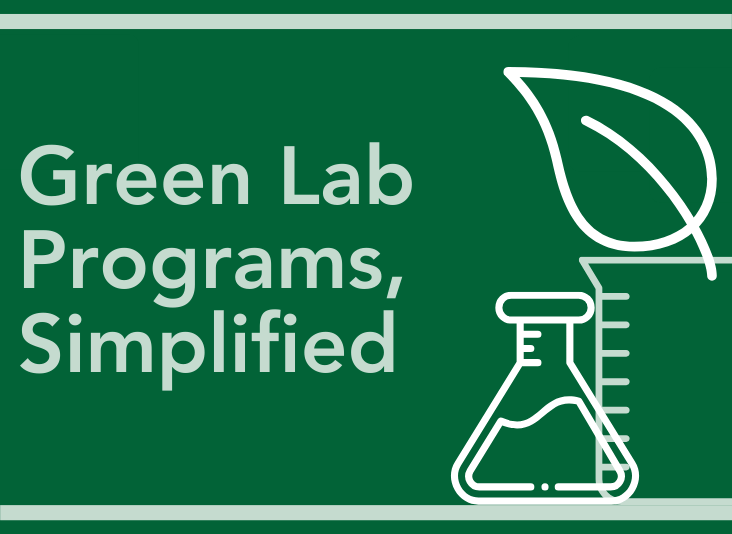Rethinking the Lifecycle of Plastics
Life science and healthcare managers are limiting the vast potential of their single-use plastics by disposing of them in landfills. A different approach is available—one that will increase your return on investment (ROI) as well as benefit the environment, your business operations, and your bottom line.
A general about-face in the biotech-healthcare plastic lifecycle would be a major event. Research indicates that hospitals alone produce more than 1.25 million tons of plastic waste annually, much of which is for single-use applications like syringes, test tubes, containers, and more. Single-use plastics are vital to ensure safe, sterile, and efficient operations, but come with an undue financial and environmental burden.
There is a mistaken belief that medical and biotech plastic products are unrecyclable because extending their lifecycle requires re-forming the end products into another object for another purpose. Managers may also suffer from a plastics myopia or even avoid recycling these materials because there isn't an apparent long-term ROI in it. Sadly, executives typically don’t even bother thinking of ways to reintegrate the plastics back into the economy in a useful way—and both environmental and economic health can suffer from it.
Life Sciences and Healthcare Plastics Burden
Single-use plastics have historically posed a unique challenge for healthcare and biotechnology organizations: they require a large up-front investment but wear out quickly. After a single application, the useful life of these plastics is seemingly over. This tends to make them seem like a net-loss to those that procure and use them. These plastics, however, still contain years of potential.
Managers frequently simply write off these plastics without considering their potential in other applications and other industries. This is a mistake, however, as these plastics can be modified and reused in other formats, increasing their ultimate environmental ROI and overall usefulness to society and business. They also can assist organizations in meeting or exceeding their green or low-impact environmental goals.
Plastic Recycling Benefits
Fortunately, there are emerging and intriguing ways to recycle and/or upcycle plastics. In fact, there are multiple proven ways to extract more value than historically considered possible. Plastics can repeatedly deliver benefits across multiple industries, improving operations for a variety of organizations. This sort of recycling is more sustainable and smarter business than simply disposing of plastics in landfills.
We’ll rethink the traditional approach to single-use plastic recycling below.
Current Single-Use Plastics Recycling Programs
To make improvements to the single-use plastics lifecycle moving forward, we first need to define how it currently exists. Here, we'll analyze the average lifecycle of a single-use plastic container, from creation to disposal.
- Origination: This involves the extraction, refinement, processing, and preparation of the plastic needed to create the container. To create a container, producers extract crude oil, natural gas, and coal from the earth. These raw materials are then processed and combined into the specific polymer formula of the container. Next, containers are prepared for use: lids are attached, measurement markings are printed on their sides, and each item is disinfected. Finally, every container is packed in its own single-use plastic packaging to maintain sterility, and the containers are boxed and shipped.
- Use: In the hospital, the plastic packaging is removed and immediately discarded. The container itself is used once—to collect a sample or run an analysis—and discarded immediately as it is no longer sterile. The container is disposed of with other hazardous wastes.
- Disposal: Since the hospital does not have a recycling program, this waste heads to the landfill. From here, the plastic will sit untouched for hundreds or even thousands of years, no longer contributing to the economy and burdening the environment.
This current plastic lifecycle is inefficient. Resources, time, and energy are all spent producing a plastic that is used once. Plastic waste in this scenario ends up in the landfill, never to be useful again in any capacity. All of the effort and investment that went into creating that plastic produces a very small return.
A New Plastic Waste Lifecycle Option
Now, we will re-analyze the plastic waste lifecycle, modeling a company that prioritizes plastic recycling:
- Origination: Remains the same in this scenario.
- Use: Remains the same in this scenario.
- Disposal: The hospital that uses the container has a recycling program in place. After its single use, the container is collected with other hazardous waste and brought to a recycling facility.
- Recycling: At the facility, recyclable plastics are compounded and shredded. From here, this blended mixture is extruded into molds to create a new lumber product.
- Reuse: The new plastic lumber product is purchased by a landscaping company. Workers use this lumber to create a retaining wall for a raised garden bed. In doing so, they divert plastic waste away from the landfill and extend the ROI of the plastic container.
By reimagining the lifecycle of plastic waste, a valuable item is created—waste plastic is upcycled into something new and valuable for another industry. The hospital was able to extend the ROI of its plastic purchases and assist another industry with what would previously be considered simply “waste.”
Rethinking the Plastic Lifecycle
The idea that plastics recycling is not upcycling just because the plastic is not being used within the same industry prevents plastic recycling from reaching its full potential. Plastic waste generators must realize that they have the ability to control landfill rates and the negative impacts that come with sending single-use plastics to the landfill. The very thing that is seen as waste to one industry may be vital to another—that’s why a shift in mindset is necessary. Generators need to think of plastics waste as a valuable asset instead of a burden.
Implementing a plastic waste recycling program also allows waste generators to extend the ROI of their necessary single-use plastics—simply by lengthening the useful life of these plastics. Single-use plastic purchases no longer need to be seen as only “waste” after use—now, another industry can use this plastic and be successful, while you meet sustainability goals and keep plastics out of the landfill.
In realizing these benefits, companies can see the value in plastics recycling and help contribute to a more sustainable and long-lasting plastic lifecycle across niches.
Interested in learning more about how Triumvirate Environmental can help you contribute to upcycling of plastic waste? Contact us today, and read all about our Waste Recycling & Sustainability services.







